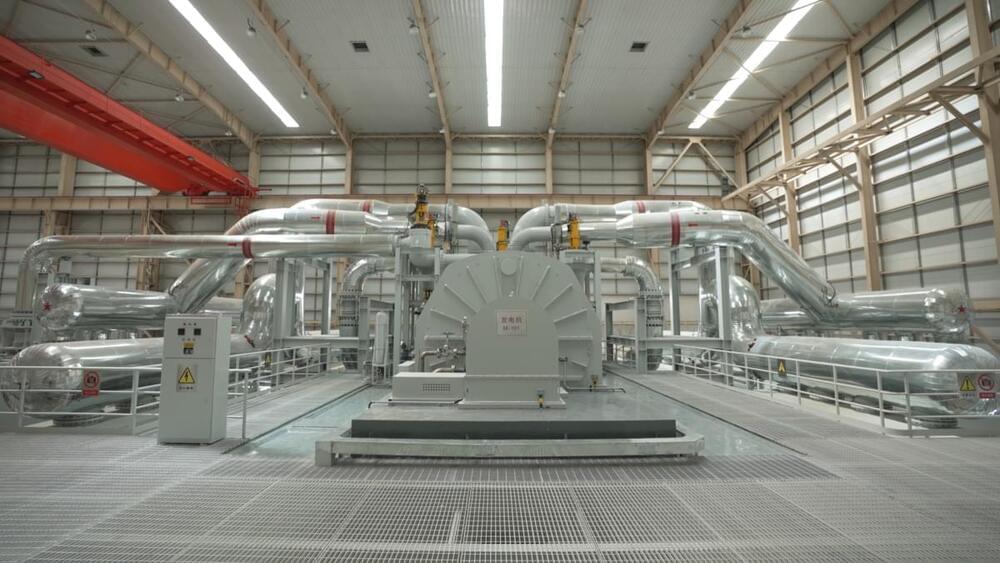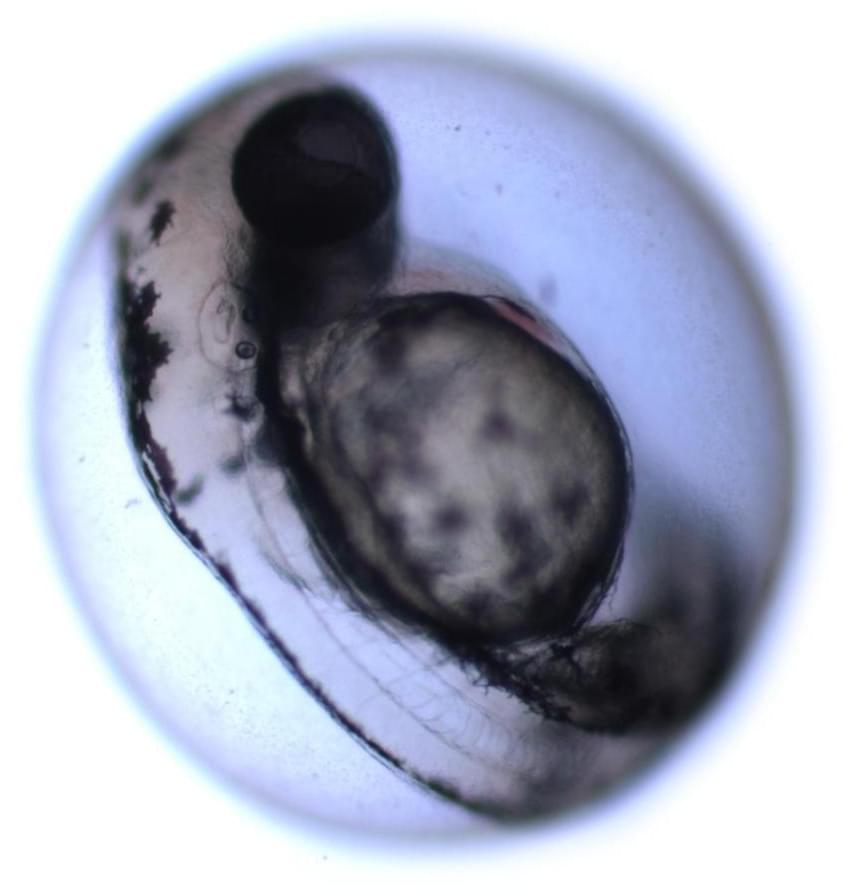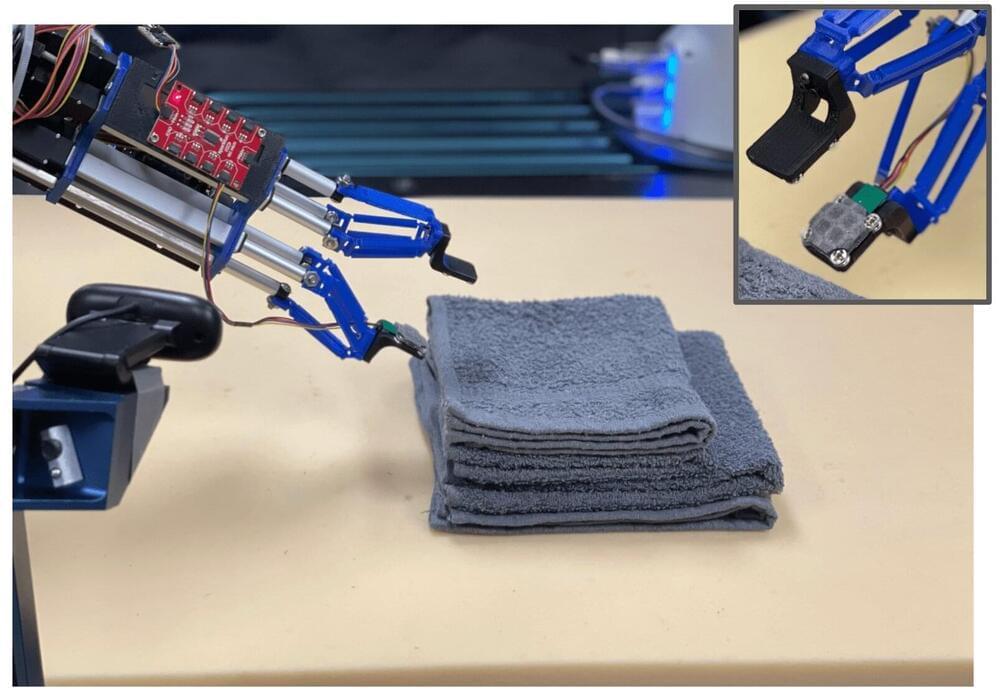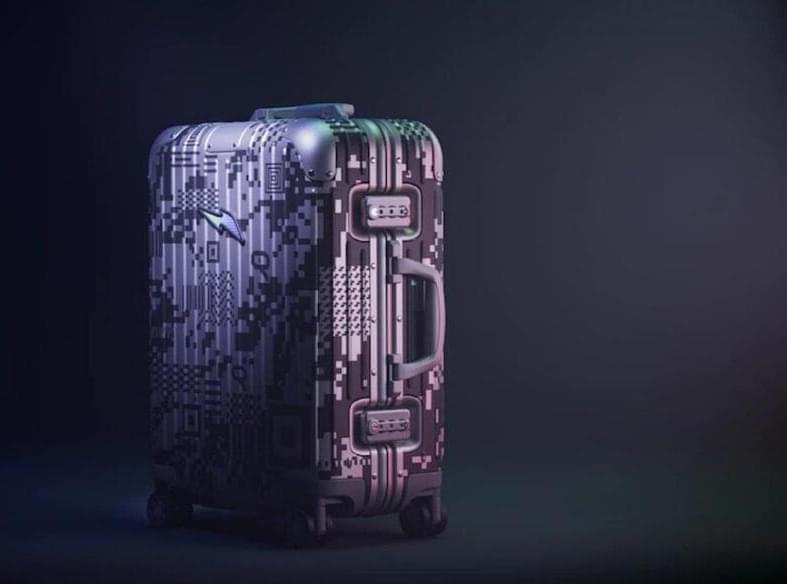Compressed air energy storage (CAES) is expected to play a key role in China’s clean energy push and the latest project announcement attests to the fact.
According to a media statement from the state-owned Assets Supervision and Administration Commission of the State Council, construction started on a 350 MW/1.4 GWh CAES project in the province of Shangdong on September 28.
Once completed, the Tai’an demonstration project is expected to be the world’s largest salt cavern CAES project, comprising two units for a total of 600 MW. The 350 MW system, which will be delivered in the first phase, is being jointly built by China Energy Engineering Group and Tai’an-based Taian Taishan New Energy Development to the tune of CNY 2.23 billion ($311 million).









